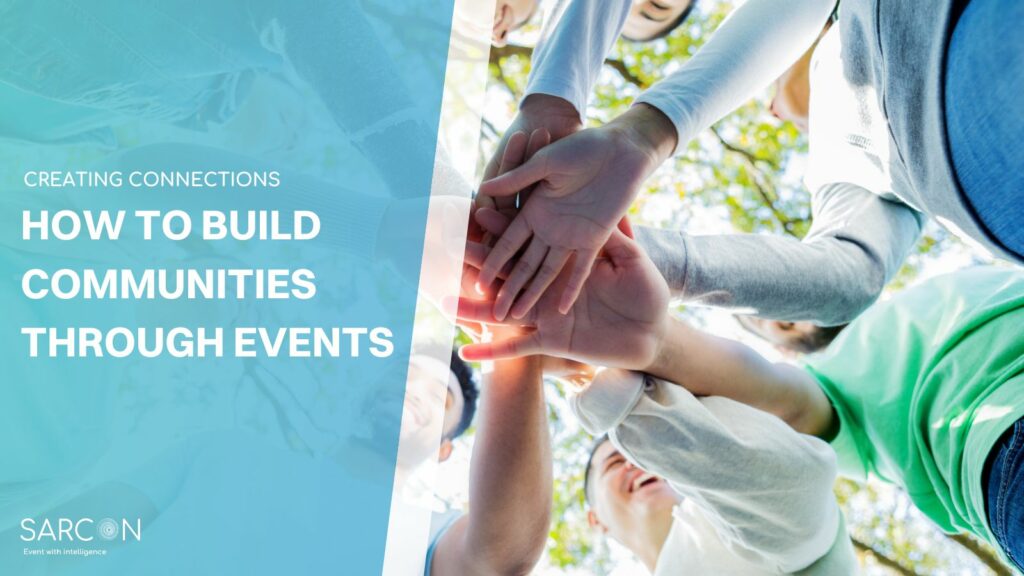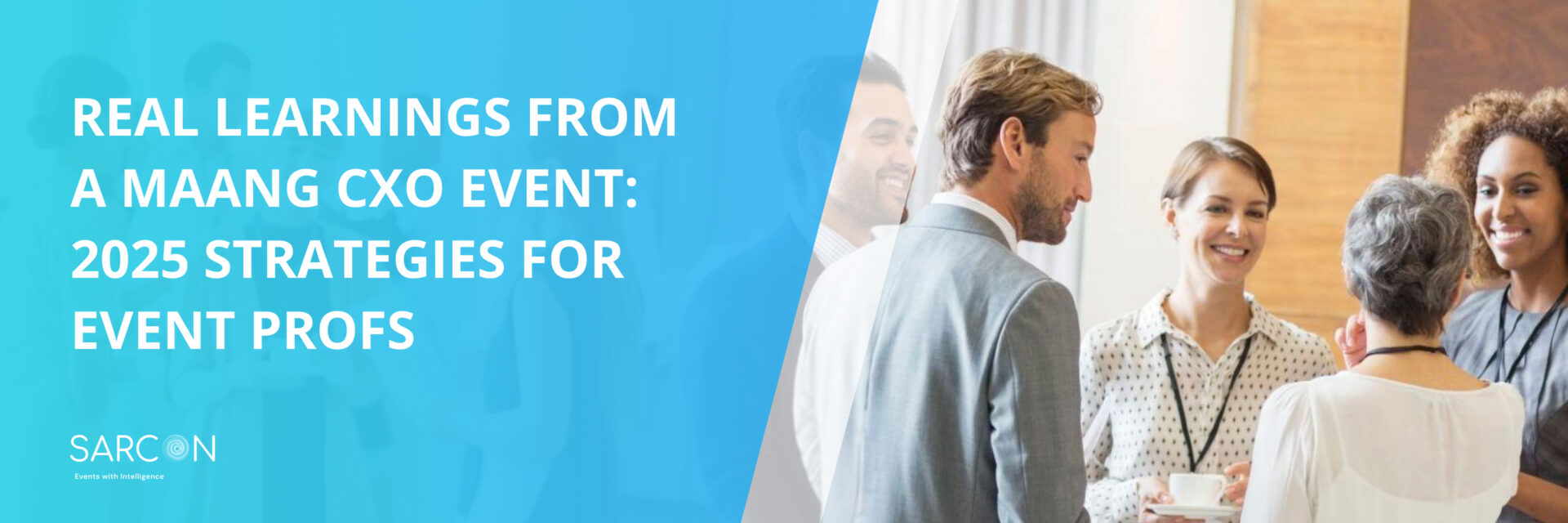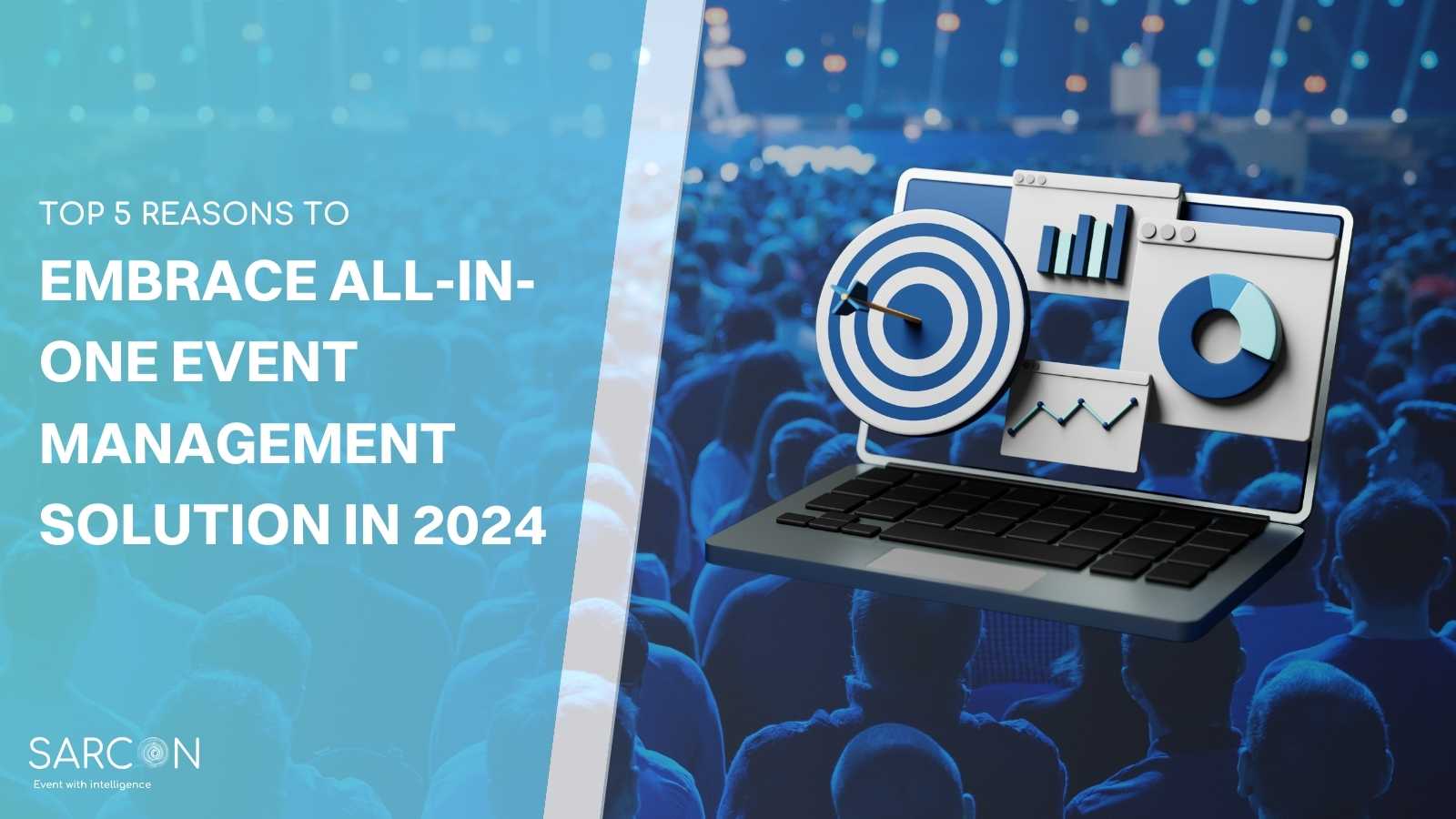In today’s digital age, building communities has become an essential strategy for businesses and organizations to foster engagement, loyalty, and growth. One powerful way to bring people together and create a sense of belonging is through hosting events. Events provide a unique opportunity to connect with your target audience, establish meaningful relationships, and position your brand as a leader in your industry. In this article, we will explore the various aspects of building communities through events and provide valuable insights on how to plan, promote, and execute successful gatherings that leave a lasting impact.
Understanding the Importance of Community Building
Before diving into the specifics of organizing events, it’s crucial to understand why community building is so vital for businesses. Building a community around your brand or organization allows you to:
1. Foster Engagement and Loyalty
Events create a platform for direct interaction with your audience, allowing you to engage with them on a deeper level. By offering valuable content, networking opportunities, and memorable experiences, you can cultivate a sense of loyalty among community members, increasing their affinity towards your brand.
2. Enhance Brand Awareness and Reputation
Successful events not only attract attendees but also generate attention and interest from a broader audience. Positive experiences shared by participants can significantly impact your brand’s reputation, leading to increased brand awareness and organic growth.
3. Gather Feedback and Insights
Events provide a valuable opportunity to collect feedback, opinions, and insights directly from your target audience. This feedback can help shape your business strategies, product development, and customer service, leading to continuous improvement and innovation.
4. Drive Business Growth
By building a thriving community around your brand, you create a pool of engaged customers and advocates who can drive business growth through word-of-mouth recommendations, referrals, and repeat purchases.
Planning an Engaging Event
To create a successful event that resonates with your target audience and fosters community building, careful planning and execution are essential. Here are some key steps to consider:
1. Define Your Objectives and Target Audience
Start by clearly defining the objectives of your event. Are you looking to educate, entertain, network, or raise awareness? Understanding your goals will help shape the content, format, and structure of your event. Additionally, identify your target audience to ensure that your event caters to their interests and needs.
2. Choose the Right Format and Venue
Selecting the appropriate format and venue is crucial for the success of your event. Consider factors such as the size of your audience, the nature of the content, and the desired atmosphere. Whether it’s a conference, workshop, seminar, or social gathering, ensure that the format aligns with your objectives and provides an engaging experience for attendees.
3. Develop Compelling Content
Compelling content is the backbone of any successful event. Identify key topics, speakers, or activities that will resonate with your audience and deliver value. Provide diverse perspectives, practical insights, and actionable takeaways to keep participants engaged and inspired. Don’t forget to emphasize the unique selling points of your event to attract attendees.
4. Create an Effective Promotion Strategy
A well-executed promotion strategy is essential for attracting attendees and creating a buzz around your event. Leverage various marketing channels, such as social media, email marketing, content marketing, and partnerships, to reach your target audience. Craft compelling messages that highlight the benefits of attending and create a sense of urgency to encourage early registrations.
5. Implement Seamless Logistics
Smooth logistics are crucial for creating a positive attendee experience. Pay close attention to details such as registration processes, venue setup, audiovisual requirements, and catering services. Plan and communicate these logistics effectively to ensure a seamless event flow and minimize any potential disruptions.
6. Encourage Interaction and Networking
One of the primary goals of community building through events is to foster meaningful connections among attendees. Incorporate interactive elements, such as panel discussions, Q&A sessions, workshops, or networking activities, to encourage engagement and facilitate relationship-building. Provide ample opportunities for participants to connect and exchange ideas.
7. Leverage Technology and Social Media
Incorporating technology into your event can enhance engagement and extend its reach. Utilize event management platforms to streamline registration, ticketing, and attendee communication. Create event-specific hashtags and encourage participants to share their experiences on social media, amplifying the event’s reach and creating a sense of community online.
8. Follow Up and Sustain Relationships
After the event, continue nurturing the relationships you’ve built. Send personalized follow-up emails to express gratitude, share relevant resources, and gather feedback. Consider creating an online community or forum where attendees can connect and engage with each other even after the event concludes. Maintain regular communication to sustain the sense of community and ensure long-term engagement.
Conclusion
Building communities through events is a powerful strategy for businesses and organizations to foster engagement, loyalty, and growth. By planning, promoting, and executing well-crafted events, you can create valuable experiences that bring people together, strengthen your brand’s reputation, and drive business success. Remember to define your objectives, choose the right format, develop compelling content, and implement seamless logistics. Encourage interaction, leverage technology, and sustain relationships beyond the event. With careful consideration and execution, you can build vibrant communities that positively impact your brand and leave a lasting impression on attendees.
FAQs
Q1: How often should I organize community-building events?
A1: The frequency of community-building events depends on various factors such as your target audience’s preferences, available resources, and the nature of the community. It’s advisable to organize events regularly enough to maintain engagement but not overwhelm participants.
Q2: Can virtual events be as effective as in-person events for community building?
A2: Yes, virtual events can be just as effective for community building. With the right tools and platforms, virtual events can offer networking opportunities, interactive sessions, and meaningful connections, enabling participants to build a strong community from anywhere in the world.
Q3: How can I encourage shy attendees to actively participate in events?
A3: To encourage shy attendees to participate, create a welcoming and inclusive environment. Offer icebreaker activities, facilitate small group discussions, or provide opportunities for anonymous questions. Gradually build a sense of trust and safety within the community to encourage even the most introverted individuals to engage.
Q4: What are some creative ways to measure the success of community-building events?
A4: Besides traditional metrics like attendance and engagement levels, you can measure success by tracking post-event collaborations, testimonials, or the number of community-generated initiatives. Social media sentiment analysis and qualitative feedback can also provide valuable insights into the impact of your community-building efforts.
Q5: How can I monetize a community built through events?
A5: Monetizing a community built through events can be done through various means, such as offering premium event tickets, providing exclusive content or resources to community members, partnering with sponsors, or creating a membership program with additional benefits and perks.



